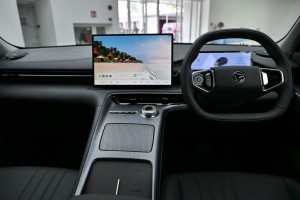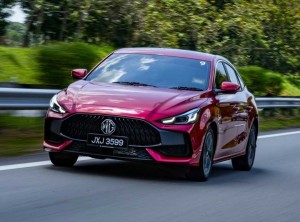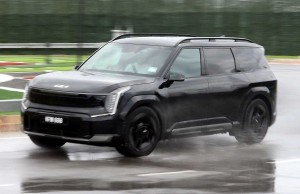If you're hoping air taxis are the future, researchers have bad news
By DPA | 18 September 2024
KARLSRUHE: Vehicles for urban air mobility (UAM), such as electric air taxis that lift off vertically, perform much worse than we may think in categories such as travel times, costs and emissions, a new study has found.
Researchers from Germany's Leibniz Centre for European Economic Research (ZEW) in Mannheim who reviewed the results of 11 studies on UAM found that air taxis barely manage to slash travel times, while costs and carbon dioxide emissions are higher compared to electric cars.
The scientists concluded that UAM aircraft could be beneficial "primarily for emergency missions and connecting remote areas."
"Urban air mobility is often marketed as sustainable, fast, and affordable," the ZEW's Anna Straubinger said. "However, our studies show that the actual benefits are very limited."
Small contribution to decarbonisation at best
While electric air taxis emit fewer CO2 emissions than combustion-engine cars, they need more power than electric cars, according to the researchers, who conclude that "they do not contribute positively to the energy transition in the transport sector."
According to the analysis, the high energy consumption of vertical take-off and landing aircraft compared to cars, public transport or bicycles means that UAM can only make a small contribution to decarbonising the transport system at best.
Air taxis also require specific take-off and landing spaces "which result in waiting times and travel distances for passengers."
"When these are factored in, time savings are rare, but the number of flight movements increases significantly," the researchers said.
It's 15 times more expensive than taking a car
Air taxis are relatively expensive and therefore not suitable for the masses, the scientists believe.
In the short to medium term, manufacturers and potential operators are aiming for a price of €5 ($5.5) per kilometre, meaning taking an air taxi would be about 15 times more expensive than using your own car, according to Straubinger.
Meanwhile, "the negative consequences such as noise and visual disturbances in the sky affect everyone, including the likely large proportion of the population that will not use UAM," the researcher says.
The aircraft offer real added value in emergency operations and for connecting remote regions, Straubinger believes.
"For these purposes, higher public acceptance is also expected."
A new technology 'needs time'
A spokesman for Volocopter, an aircraft manufacturer based in Bruchsal, Germany, that specialises in electric air taxis, said that the aim of the technology is to "begin the long journey to decarbonise the aviation industry" and offer customers in certain cities and markets a safer, quieter and faster means of transport.
The company focuses in particular on large cities with high traffic volumes such as Rome and Paris that see a lot of congestion.
A 2022 study looking at San Francisco suggests that a UAM system could relieve congestion in the metropolis, according to the spokesman.
Comparing UAM vehicles to cars, buses and other conventional means of transport wasn't fair, she said, "because according to the laws of physics, flying will always consume more energy than taxiing, especially during take-off, hovering and landing."
The space that an electric vehicle takes up on the road compared to a flying vehicle with the same number of passengers must also be taken into account, the spokesman argued.
"This type of transport is new, and new technologies need time to become widely accepted," she said, adding that the company understand people's concerns and continues to work to allay them.
Meanwhile, companies like Volocopter still lack a type certificate from the European Union Aviation Safety Agency for the transport of people.
Tags
Autos News
Reviews

Proton e.MAS 7 impresses in quick dynamic driving exercises

Nissan Kicks e-Power: Kicking off a new efficiency

6.8
Mercedes-Benz GLB 200: Measured versatility

MG5: Slick and comfortable cruiser

8.2
Kia EV9: Prime cut

8.0
Triumph Tiger 1200 GT Pro: High adventure on two wheels

8.0
Honda Civic Type R (FL5): Ride on the wild side

Mitsubishi Xpander facelift: Expanding the reach
Videos

Aveta VTM 250; Affordable & Road Legal Adventure Bike

Nissan to launch affordable Vehicle to Grid technology from ...

Aveta VTM 250 hits Malaysian roads
